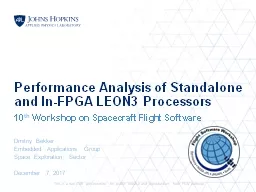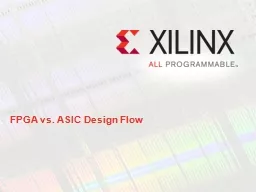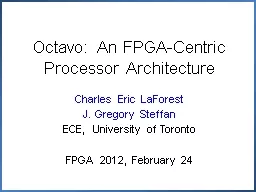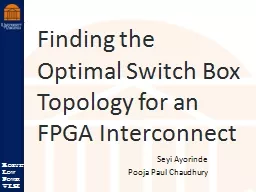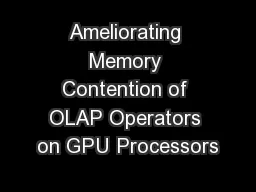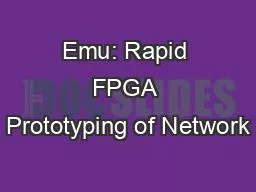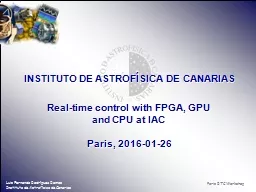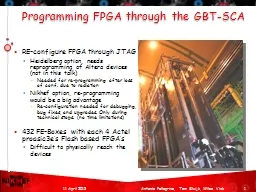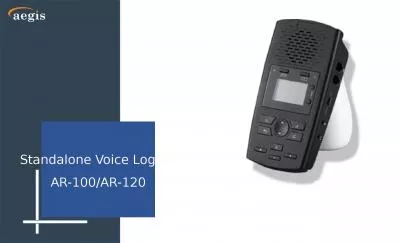PPT-Performance Analysis of Standalone and In-FPGA LEON3 Processors
Author : giovanna-bartolotta | Published Date : 2018-09-22
10 th Workshop on Spacecraft Flight Software Dmitriy Bekker Embedded Applications Group Space Exploration Sector December 7 2017 This is a nonITAR presentation
Presentation Embed Code
Download Presentation
Download Presentation The PPT/PDF document "Performance Analysis of Standalone and I..." is the property of its rightful owner. Permission is granted to download and print the materials on this website for personal, non-commercial use only, and to display it on your personal computer provided you do not modify the materials and that you retain all copyright notices contained in the materials. By downloading content from our website, you accept the terms of this agreement.
Performance Analysis of Standalone and In-FPGA LEON3 Processors: Transcript
Download Rules Of Document
"Performance Analysis of Standalone and In-FPGA LEON3 Processors"The content belongs to its owner. You may download and print it for personal use, without modification, and keep all copyright notices. By downloading, you agree to these terms.
Related Documents

